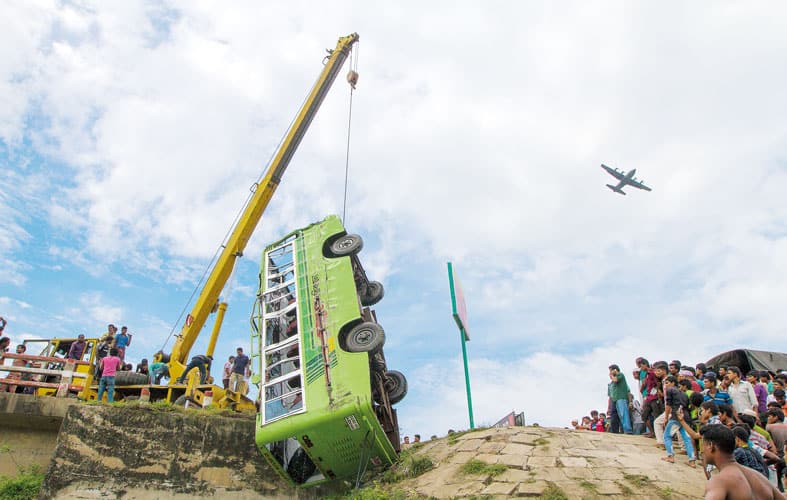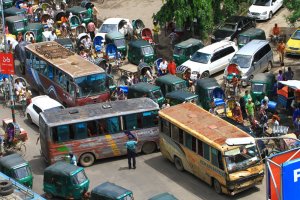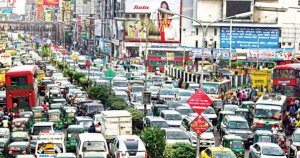How far away is death?

In Bangladesh, more than 40% of workplace deaths occur in the transport sector
°°°°°°

Statistics from the Bangladesh Institute of Labour Studies (BILS) tell us that more than 40% of workplace deaths occur in the transport sector. Several factors are in play with the transport workers and the sector itself.
- In Bangladesh, transport workers constantly struggle with job tenure uncertainty
- Rights activists say transport industry workers should come under the Labour Act, to decrease deaths
- The nation is worried about road accidents in the city
- Transport workers have said the uncertainty of their work tenure is pressuring them to speed, exacerbating driving conditions countrywide
- Transport workers acknowledge speeding as a norm. However, they blame accidents on the behavior of passengers and pedestrians, as well as unpredictable traffic entering from feeder roads
- The workers feel they are in a position where they must earn as much as possible due to their families’ loss of livelihood should anything happen to the workers
- Dhaka’s traffic complexities cost $4.6 billion a year in lost time, fuel, and health concerns according to the UN Development Programme (UNDP). The cost is equivalent to the income of more than a million citizens
- Many riders feel boxed in without a choice but to commute by cars and scooters; they consider public transport unreliable

Our friends at World Nomads lend insight as to transportation conditions in the country:
“Bangladesh is a beautiful country with breathtaking natural landscapes and a fascinating culture waiting to be discovered, the diverse terrain and lack of established tourism can make getting around a bit of a challenge and certain precautions should be taken to ensure safe travel throughout the country.
“Roads in Bangladesh are of a poor standard and in some areas they’re downright terrible. Local drivers are often aggressive, due to common gridlock traffic. According to the Bangladesh Road Transport Authority (BRTA) more than two million vehicles are not roadworthy and more than 1.2 million drivers are unlicensed. The unofficial rule is that those driving larger vehicles have the right of way, sudden overtaking without the use of a turn signal are common and often result in dangerous accidents and deaths.
“Urban areas are often heavily congested making driving chaotic and challenging. The streets in Dhaka are heavily traveled by cars, trucks, buses, three-wheeler vehicles and rickshaws and pedestrians.
“Be prepared to drive defensively and pay close attention to your surroundings since you may need to stop quickly to avoid a crash. Street lights are rare, even in the cities, so driving at night is particularly hazardous and should be avoided. Whenever possible, try to stick to well-traveled and well-lit roads and only drive during the day. Be on the lookout for wayward pedestrians as they may randomly step into the road regardless of traffic around them.
“Traffic accidents, even those that seem minor, can result in huge crowds of onlookers which in turn can cause further risk of incidents.”

The TapRooT® System trains you to solve problems
Circumstances can crop up in any occupation at any time if proper and safe sequence and procedures are not planned and followed. We encourage you to learn and use the TapRooT® System to solve problems.
TapRooT® has a team of investigators and instructors with years of extensive training ready to offer assistance worldwide. We also offer ongoing support to our clients through Free Newsletters and Root Cause Tip Videos, the Root Cause Analysis Blog, and our annual Global TapRooT® Summit.
Register for a TapRooT® Course
Register for one of our courses. We offer a basic 2-Day course and an advanced 5-Day course. Contact US or call 865.539.2139 about having a course at your site or for further root cause analysis training opportunities. We’re here to find solutions for you.



